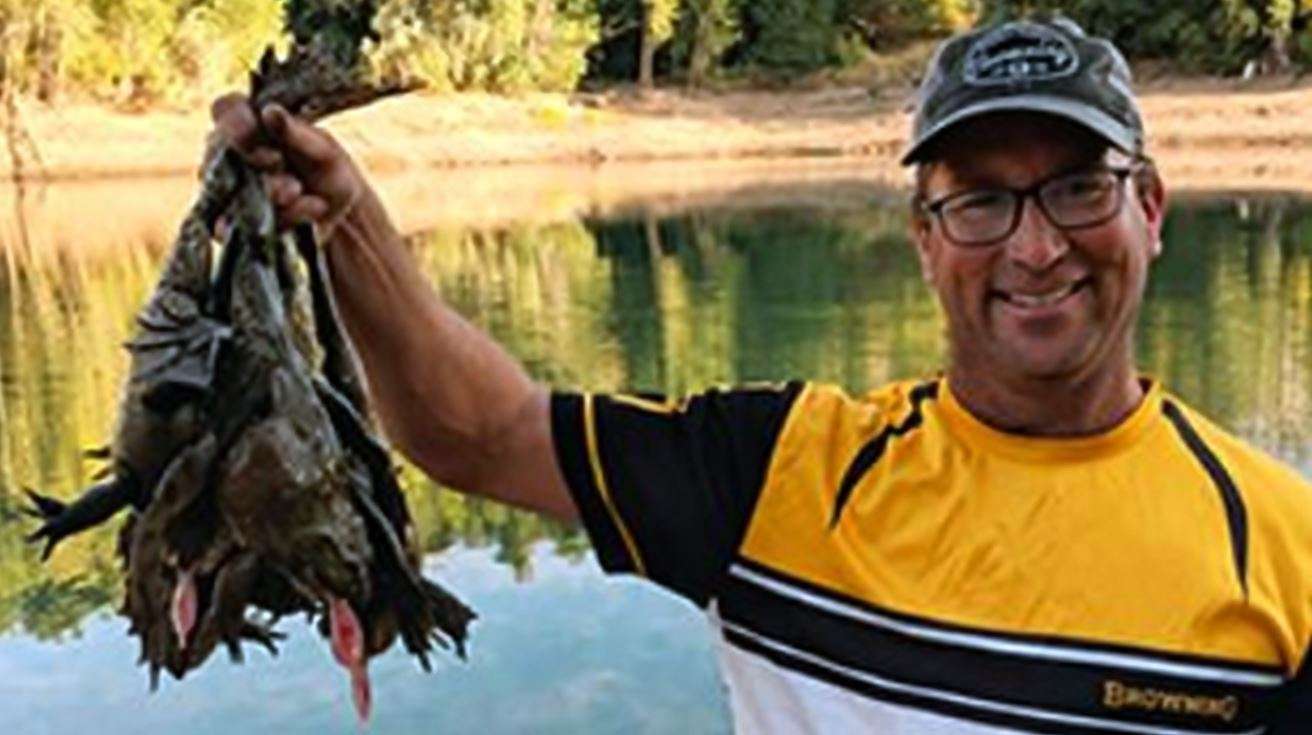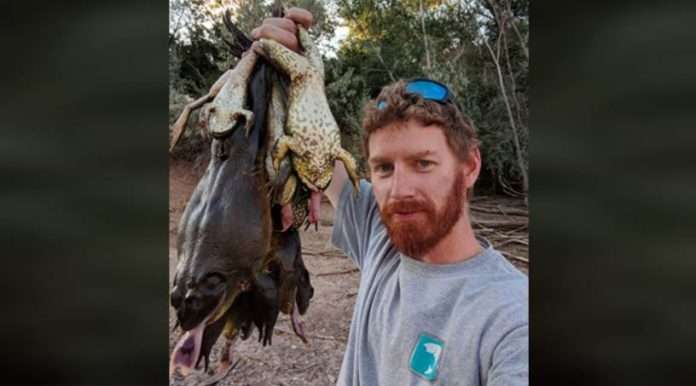UTAH, June 5, 2022 (Gephardt Daily) — We’ve all heard tuna fish referred to as chicken of the sea, but if the Department of Natural Resources has its way, you’ll soon think of bullfrog as chicken of the swamp.
“Now is the best time of year to find enormous bullfrogs here in Utah,” says a statement released by the Utah Department of Natural Resources.
“They’re invasive (so you can catch as many as you want) and bonus: they’re tasty!”
“Native to the eastern U.S., we don’t know when bullfrogs first arrived in Utah, but we do know that breeding populations have existed here since the early 1970s,” says a Utah DNR news release by Ja Eggett, Lee Kay Public Shooting Range supervisor.
“Today they persist in many areas, including along the Wasatch Front and the Great Salt Lake marshes, which is where I have focused most of my frog-catching efforts. Bullfrogs are voracious predators that’ll eat almost anything, including snakes, fish, toads and mice.
“There is no limit and no season on bullfrogs in Utah. A license is not required to catch them, but because you will likely be using fishing gear — and might catch fish in the process of trying to catch frogs — you should have a fishing license while pursuing frogs.”

Rules
People are not allowed to catch or hunt bullfrogs on waterfowl management areas operated by the Utah Division of Wildlife Resources, the statement says, because the areas are closed in the summer to protect birds. Also remember, it is unlawful to transport live bullfrogs.
“If you are transporting them away from the location where you catch them, they must be dead first. Also, do not leave any parts of the bullfrogs behind or discard parts of frog carcasses in waterbodies. They must be disposed of away from the water. If frog carcasses or parts are left where they were harvested — or thrown back into any waterbody — they could spread the amphibian infection known as Chytrid that harms our native amphibians.”
Eggett recommends using a bobber-hook combo, adding the ones that consistently work best include adding a grasshopper to one of the hooks or using a floating bass popper.
“The largest of all North American frogs, bullfrogs can grow to a length of 8 inches or more and can weigh up to 1.5 pounds. So target the big ones — they have the most meat.”
Preparation
Eggett said the Internet has plenty of bullfrog leg recipes to use after preparing the meat by cutting the dead frog around the “waist” area, then peeling the skin down. Cut the legs from the body, and the feet from the legs.
“Place the frog legs in a marinade for about 5 minutes. We use buttermilk. Then roll them in a breading mix. This could be a fish fry batter, beer batter or a Shake ‘n Bake-type seasoning. Then, fry the legs in hot oil. Make sure you let them cool for a bit before eating, but don’t leave them out for too long. I prefer my frog legs warm. Bon appetite!”
The resulting dish will taste like extra chewy chicken, Eggett said. Find more instructions here.







